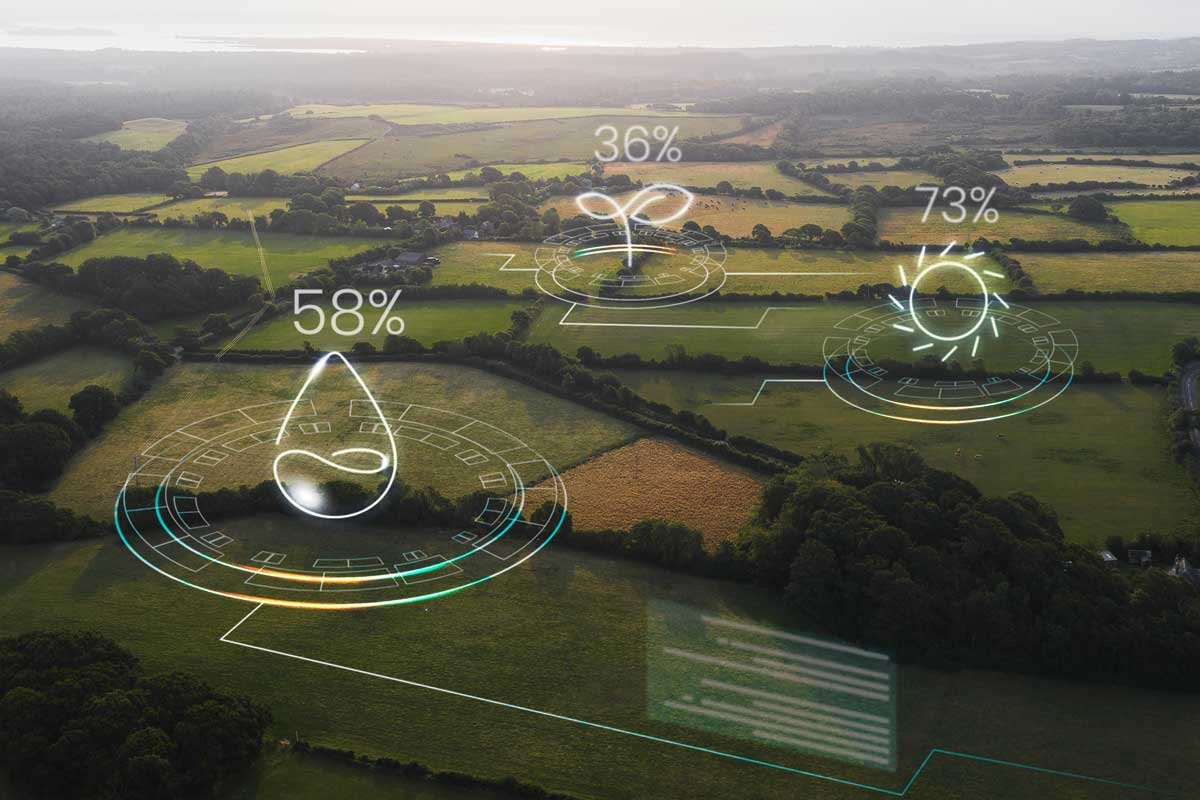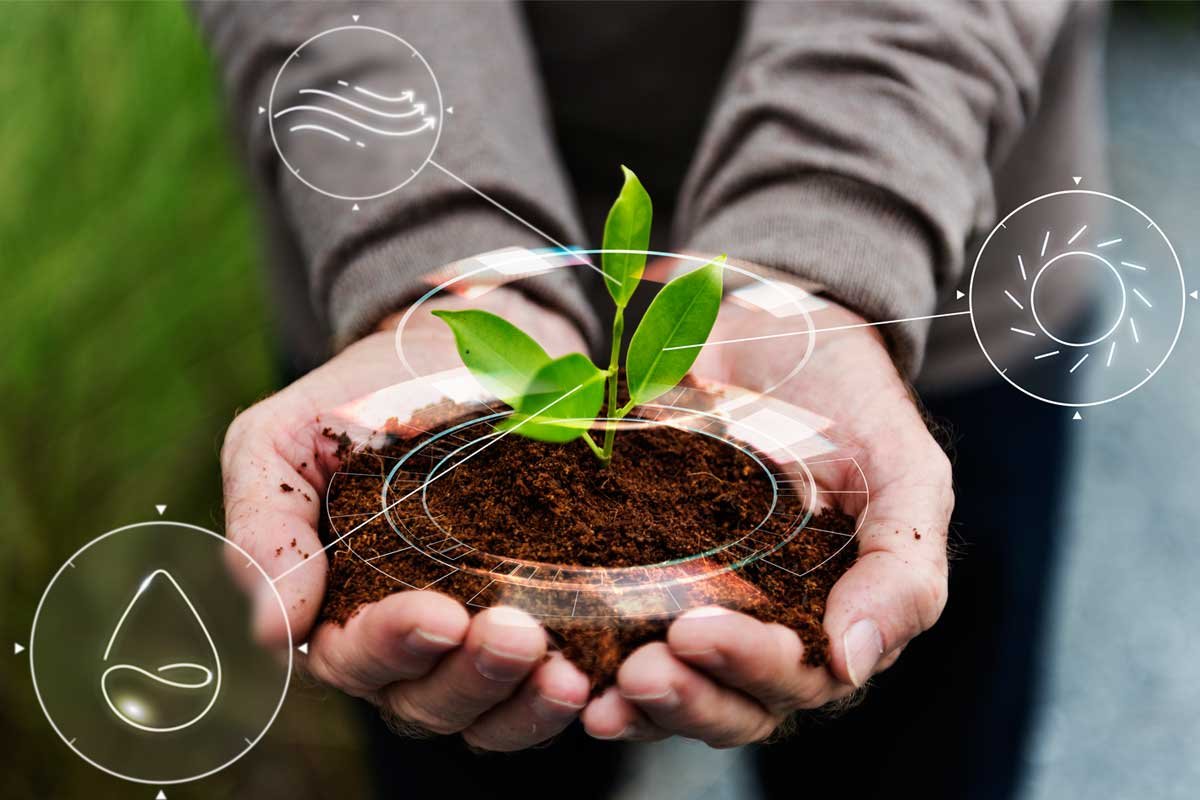The future of farming is here, and it looks different than it ever has before. With the help of cutting-edge technologies such as artificial intelligence (AI) and smart farming, farmers are increasing their yields in ways that have been unimaginable in the past. From using AI-powered robots to identify and weed out pests to strategically managing soil and water, the ability for farmers to make informed decisions based on data is revolutionizing the industry. By using AI and data-driven insights to make decisions, farmers are able to produce higher yields with fewer resources and improve the quality of their crops.
Additionally, with the use of technology, farmers are now able to monitor their fields and track the health of their crops with precision. With the use of these smart technologies, farmers are able to increase their yields while also reducing their environmental impact. It is no wonder that the future of farming is looking so bright.
What are Smart Farming and AI?
When discussing the future of farming, it is important to explore the terms “smart farming” and “artificial intelligence”. Artificial intelligence refers to computer systems that have the ability to learn and make decisions for themselves. Smart farming is the use of data and technology to monitor fields and crops to make better decisions about the future of farming. AI is also used in smart farming as AI can process data and make decisions more accurately than humans. AI is used in smart farming to automate the process of analyzing data and make better decisions based on that data.
For example, smart sensors can be used to collect data on things like soil quality, water levels, and the amount of sunlight each plant receives. This data can then be fed into an AI system that can analyze the data and predict how each plant will grow and produce. AI can also be used in smart farming for things like pest management. AI can be used to analyze data to identify the type of pests in a field, and then use that data to make smarter decisions about how to manage those pests.
Benefits of Smart Farming

The benefits of smart farming are numerous and mainly focus on yield and environmental impact. Not only will farmers be able to increase their yields, but they will also be able to decrease the amount of water and fertilizer they use. This can not only help farmers financially but can also help the environment by reducing the number of harmful chemicals released into the soil. Farmers are also able to use smart farming to more accurately predict the amount of food they will be able to harvest. This can help farmers make better business decisions, such as determining when to sell their crops. Additionally, smart farming can help to accurately predict food shortages based on the changing climate by collecting data on things like temperature and soil quality. This will allow farmers to make better decisions about the types of crops they plant, which can help to ensure food security.
How Smart Farming is Increasing Yields
To understand how smart farming is increasing yields, it is important to first understand how farmers use data to make decisions. Farmers analyze data from sensors and AI to make decisions like when to plant seeds, what type of fertilizer to use, and how much water their crops need. They can also use data to monitor their crops and track things like the amount of sunlight each plant receives and the amount of water each plant needs. By monitoring their crops, farmers are able to identify and address issues like pests and diseases before they can become major problems.
By using sensors and (Artificial intelligence) AI to track their crops, farmers are able to better control the amount of water, fertilizer, and sunlight each plant receives. This can help to reduce food waste and make resources go further. Additionally, farmers are able to use AI to analyze data on pests and diseases. This allows farmers to identify and treat issues before they become major problems and result in crop loss. This will help to improve the quality of their products and reduce food waste.
Smart Technologies Used in Smart Farming
There are a number of different technologies used in smart farming. These include sensors, AI, drones, and robots. Sensors are used to collect data on things like soil quality, water levels, and the amount of sunlight each plant receives. This data can be fed into an AI system that can analyze the data and predict how each plant will grow and produce. Drones are also used in smart farming to help farmers plant seeds more accurately and help maintain crops. They can also be used to explore fields and help farmers identify issues like pests and diseases. Robots are used to help farmers weed out their fields and collect data. They can also be used to water plants and harvest crops.
Examples of Smart Farming in Practice
There are a number of examples of smart farming in practice. One of the most common examples is using AI to identify pests and manage them more effectively. By using AI to analyze data and identify pests, farmers are able to make smarter decisions about how to manage them. This can help to reduce pesticide use, and food waste, and increase crop yields. Farmers can also use AI to analyze data to identify areas in their fields that are more fertile. This can help farmers to take better care of their soil, which will in turn help them to grow more sustainable crops in the future.
The Future of Smart Farming
The future of smart farming is looking extremely promising. Technologies such as AI and blockchain are helping to make smart farming more efficient and accessible. AI is becoming increasingly advanced, allowing farmers to use AI to make more complex decisions. This will allow farmers to make better decisions about their crops, which will help to increase their yields. Additionally, blockchain will enable farmers to share data and resources with other farmers. This will allow farmers to learn from one another and create a network of knowledge. This will help to improve the quality of crops and make farming more sustainable.


